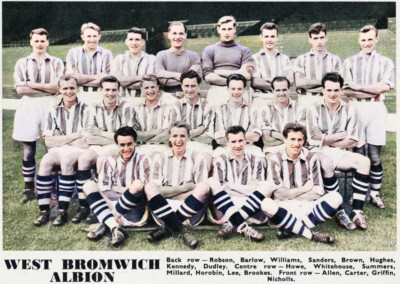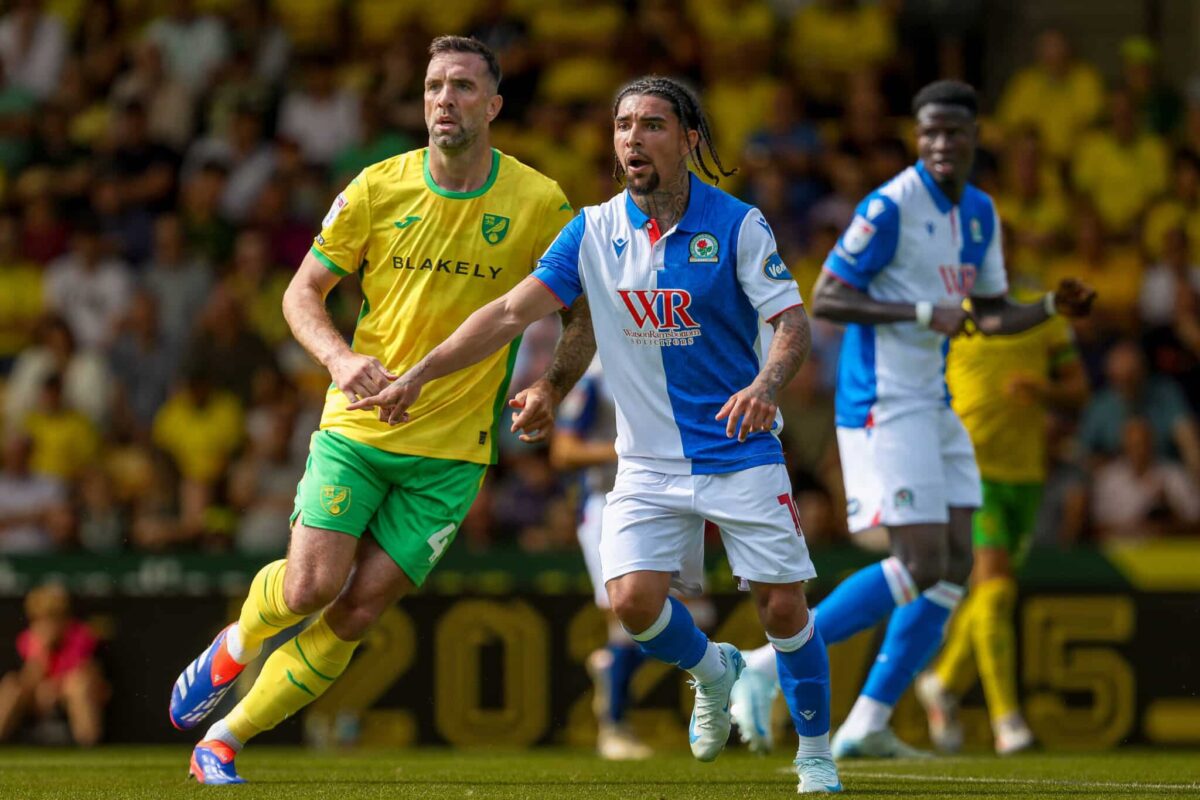
Introduction
West Bromwich Albion, commonly known as West Brom, is one of the oldest and most storied football clubs in England. Founded in 1878, the club has a rich history in both the top leagues and the lower divisions. As the new football season unfolds, fans and analysts alike are keen to understand how the club is shaping up for the future. Recent events have highlighted both challenges and opportunities for the team that play at The Hawthorns.
Latest Results and Team Performance
As of October 2023, West Brom has been navigating the early weeks of the EFL Championship season with a mixture of optimism and concern. The team’s start to the season has featured fluctuating results, including several key victories against rival teams. Despite some strong performances, there has been criticism regarding defensive vulnerabilities that have led to dropped points.
Manager Carlos Corberán, who was appointed in late 2022, has been under pressure to solidify the squad’s performance and push for a return to the Premier League. The club’s recent match against Cardiff City highlighted both the potential of the players and the strategic issues that remain unresolved. Fans are hopeful that with a few key signings during the January transfer window, the team can contend for promotion.
Off-Field Developments
In addition to on-field performance, West Bromwich Albion is making headlines with off-field developments. The club’s management is actively engaging with fans, aiming to enhance the overall matchday experience at The Hawthorns. Numerous initiatives have been launched, focusing on community engagement and youth participation. This includes a series of open training sessions, allowing local children to interact with their heroes while also developing their skills through the club’s academy.
Financially, the club continues to stabilize after some rocky years, with a focus on sustainable growth. The promotion of a younger squad has also led to discussions surrounding the financial implications of player sales and acquisitions, particularly concerning homegrown talent.
Conclusion
As the season progresses, West Bromwich Albion faces a pivotal moment in its history. The combination of a competitive squad, evolving managerial strategies, and ongoing community engagement efforts paints a hopeful picture for the future. Fans remain integral to the club’s success, and with continued support, West Brom could regain its stature in top-flight football soon. Looking ahead, the club aims not only to improve its performance on the pitch but also to strengthen its ties within the community, seeking a future where it thrives both as a team and a cornerstone of local identity.
You may also like

Wales Online: Your Go-To Source for Welsh News

Exploring the Unique Heritage and Current Affairs of Eswatini
